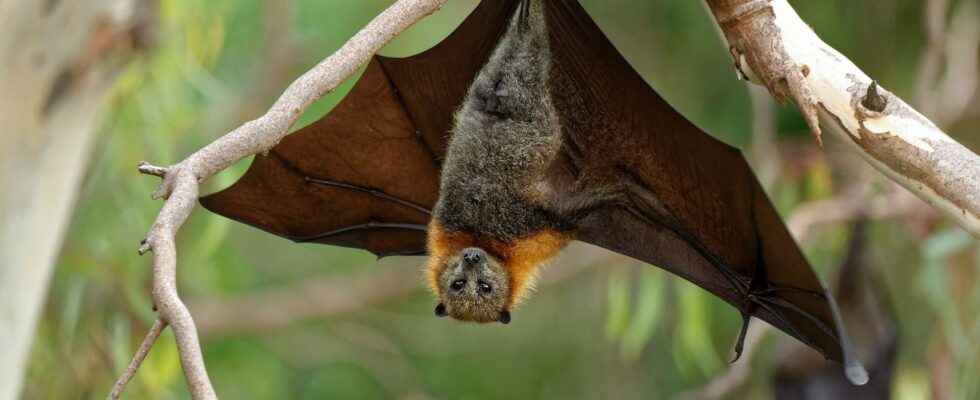But how did the coronavirus appear in humans? Two years after the start of the pandemic, we still don’t know. A publication by the Institut Pasteur supports the thesis of transmission from an animal, the bat, to humans.
You will also be interested
[EN VIDÉO] Visit the first self-sufficient “Covid special” city A Spanish architecture firm has imagined an ecological wooden city that is self-sufficient in food, producing its own water and electricity. A project intended for a new district in China, but which is intended to develop with the epidemics. Guided tour in pictures.
the coronavirus appeared two years ago in China has been turning our lives upside down for two years now and probably for a while yet! But how was this virus born? Where does it come from? The survey conducted by the World Health Organization (WHO) a few months ago had concluded that the most probable hypothesis was that the virus was the result of accidental transmission from animals to humans, without however being able to rule out a laboratory accident. A new study published on February 16, 2022 in the prestigious journal Nature by French researchers from the Institut Pasteur supports the hypothesis of a zoonotic event. While the pangolin had initially been incriminated, it would rather be the bat.
Viruses capable of entering human cells
The authors of the‘study identified three viruses with sequences genetic very close to SARS-CoV-2. These have been detected in bats that live between southern China and northern Laos and Vietnam.
These viruses are able to enter human cells via the binding between the receptor of theenzyme convertingangiotensin 2 (ACE2) of human cells and the binding domain of the Spike protein of the virus, such as SARS-CoV-2. The Spike protein binding domains of the three identified viruses differ from the Spike protein binding domain of SARS-CoV-2 by only a few residues (one or two). The three viruses identified are able to bind to the human ACE2 receptor with even more affinity than the original strain of SARS-CoV-2. More interestingly, anti-SARS-CoV-2 antibodies are able to block the entry of the viruses identified by the authors.
A mysterious origin
On the other hand, none of the identified viruses has a site of cleavage furin like the currently circulating SARS-CoV-2. This element is essential when the virus enters the cell; that’s part of what makes it so contagious. How could the virus have acquired such a capacity? Several hypotheses are possible. Either the virus could have been circulating silently in humans for a while, until this mutation making it so dangerous appeared. Either there are other coronaviruses in the bat which possess this furin site and which are not yet known. Nevertheless, these works rule out the laboratory accident thesis. Indeed, it is quite possible that the SARS-CoV-2 that we know appeared naturally, since researchers have been able to identify several extremely close ones.
Knowing the virus better allows us to better fight it. And better understanding how it was able to spread to humans is crucial in trying to prevent other pandemics.
Interested in what you just read?
